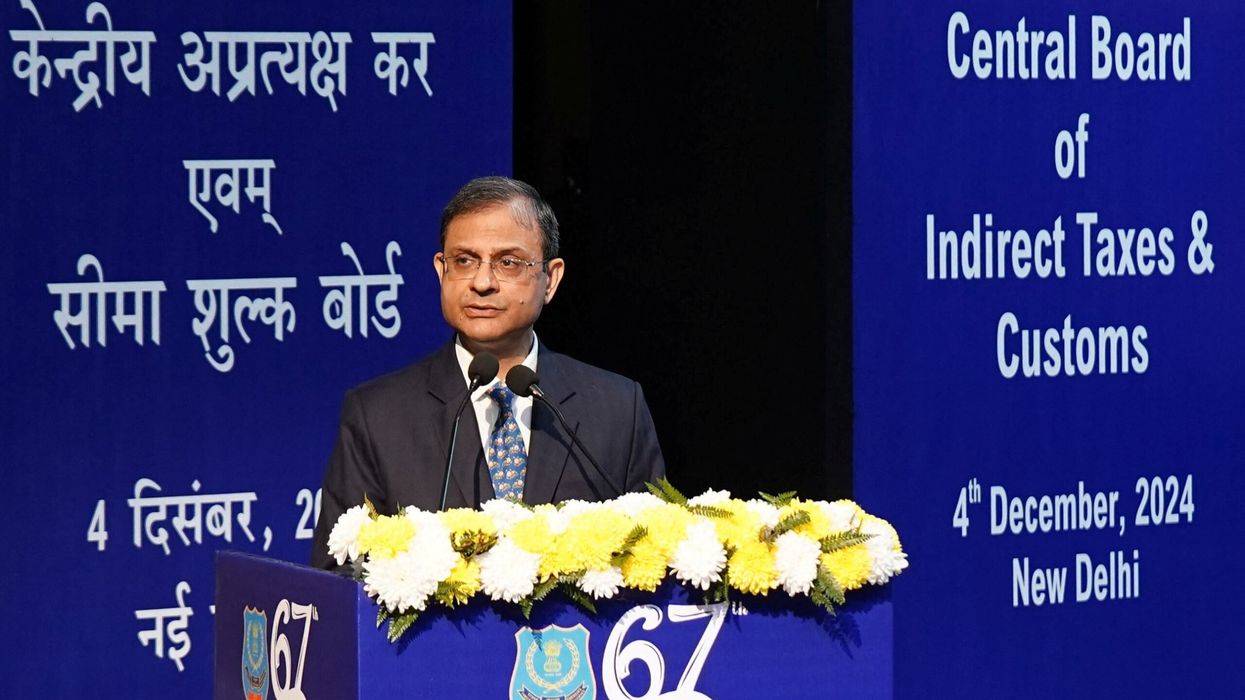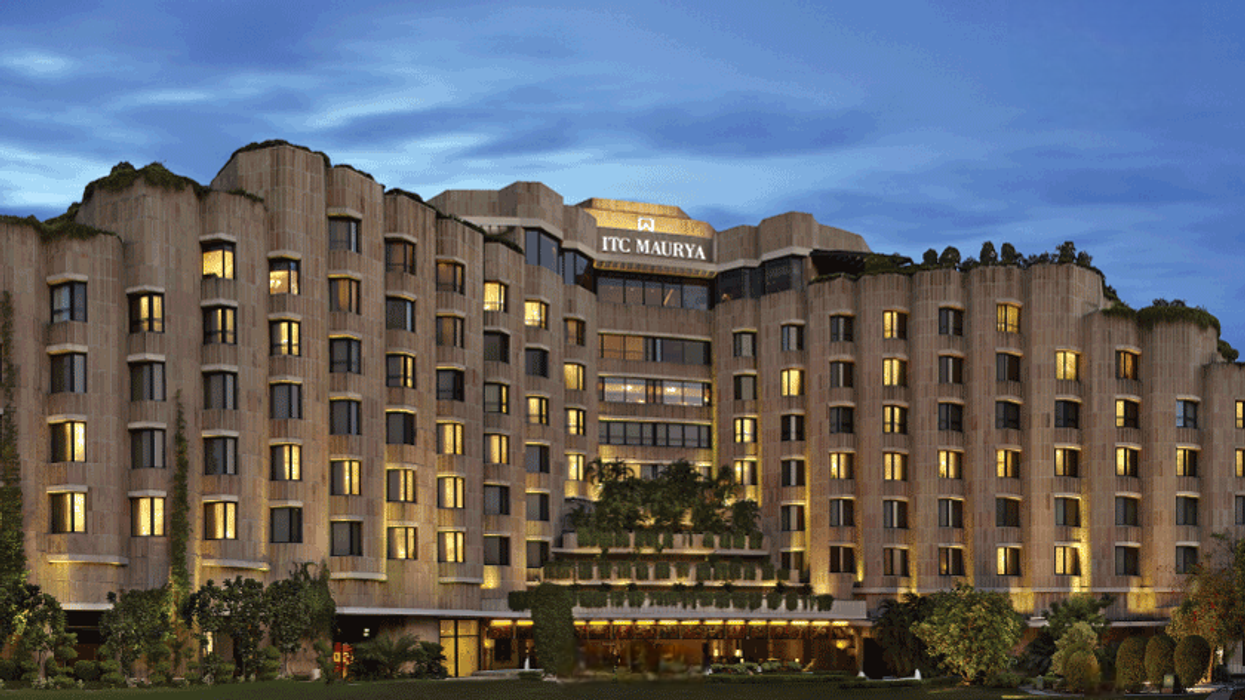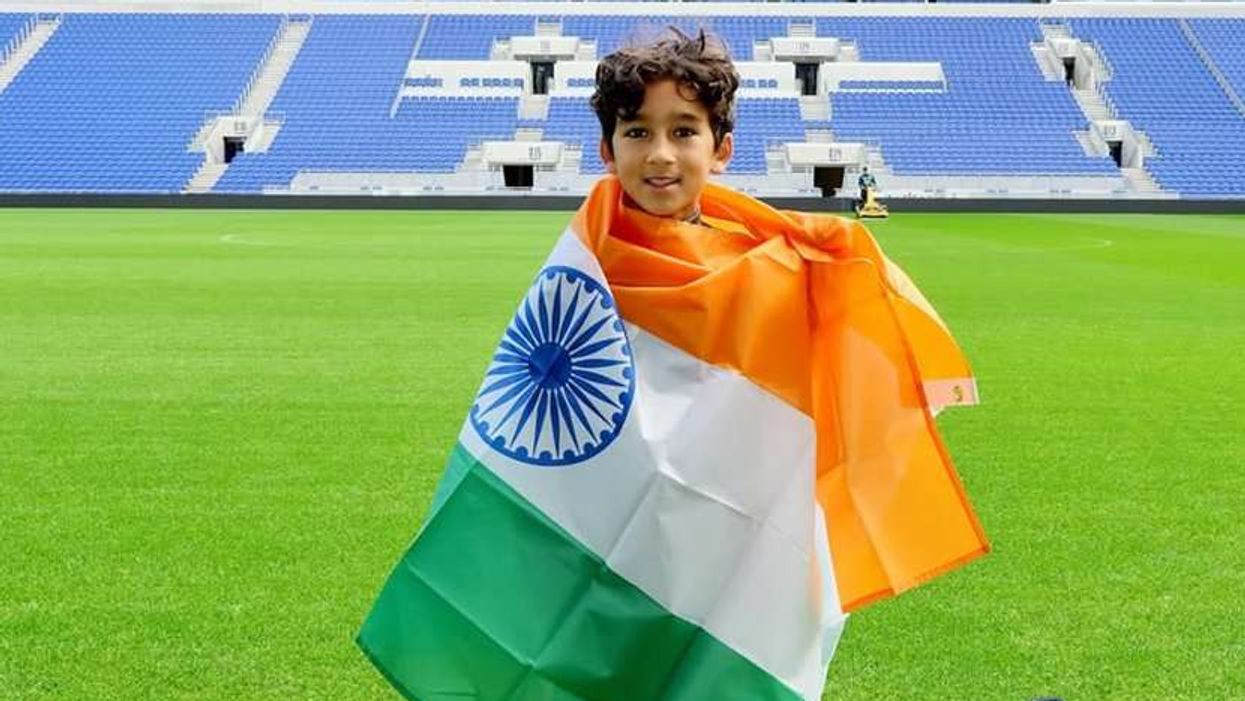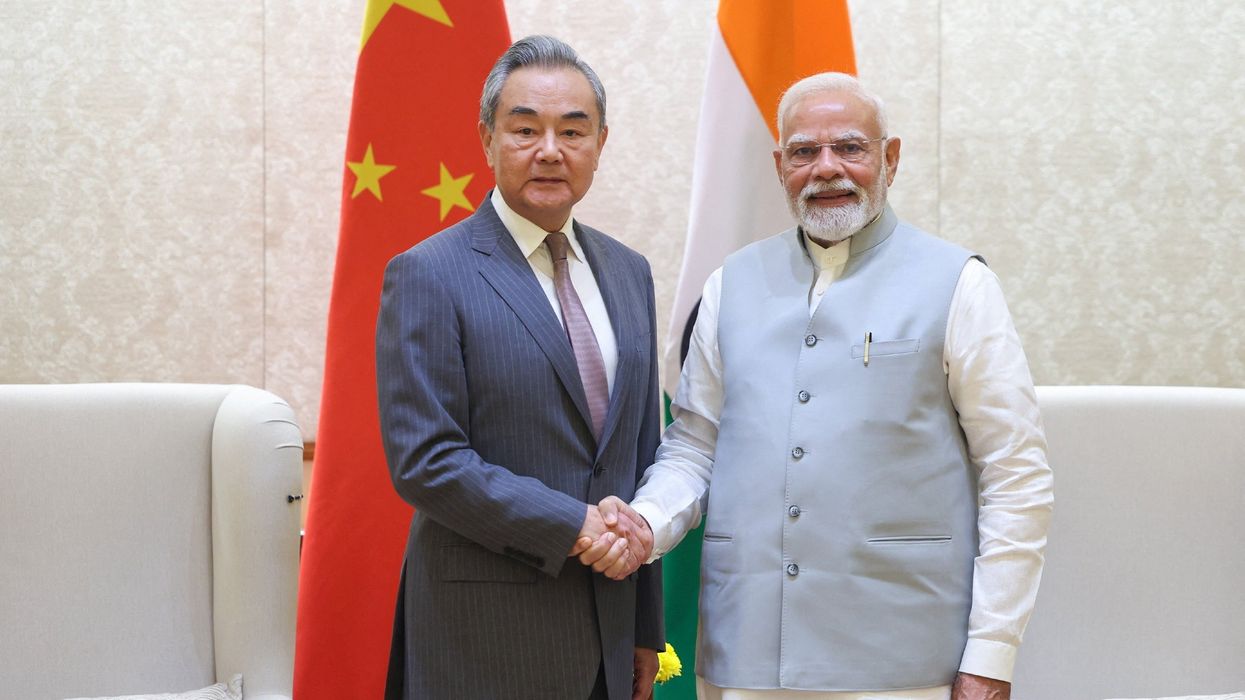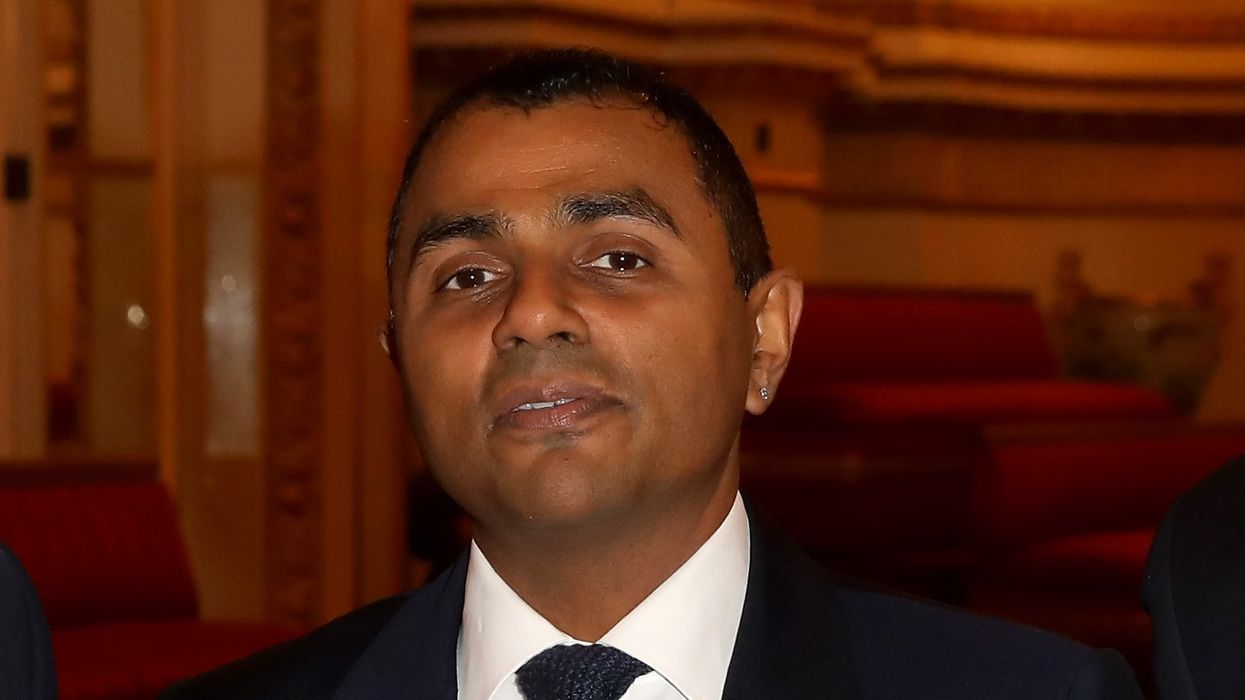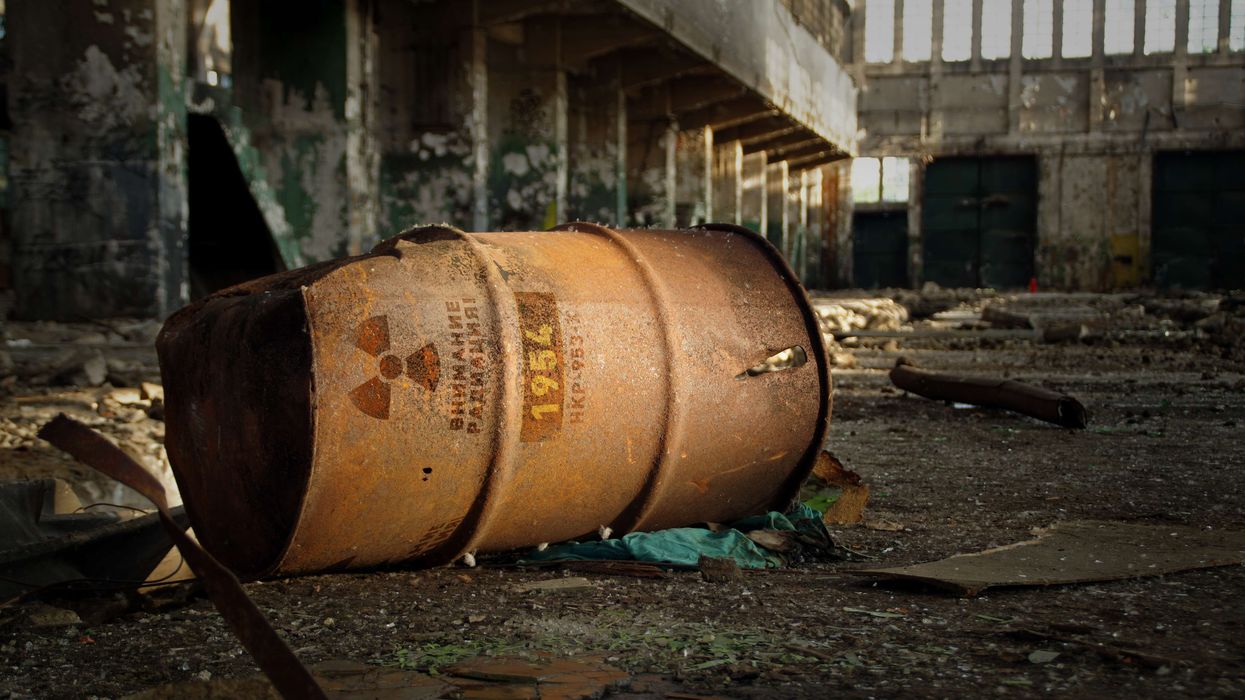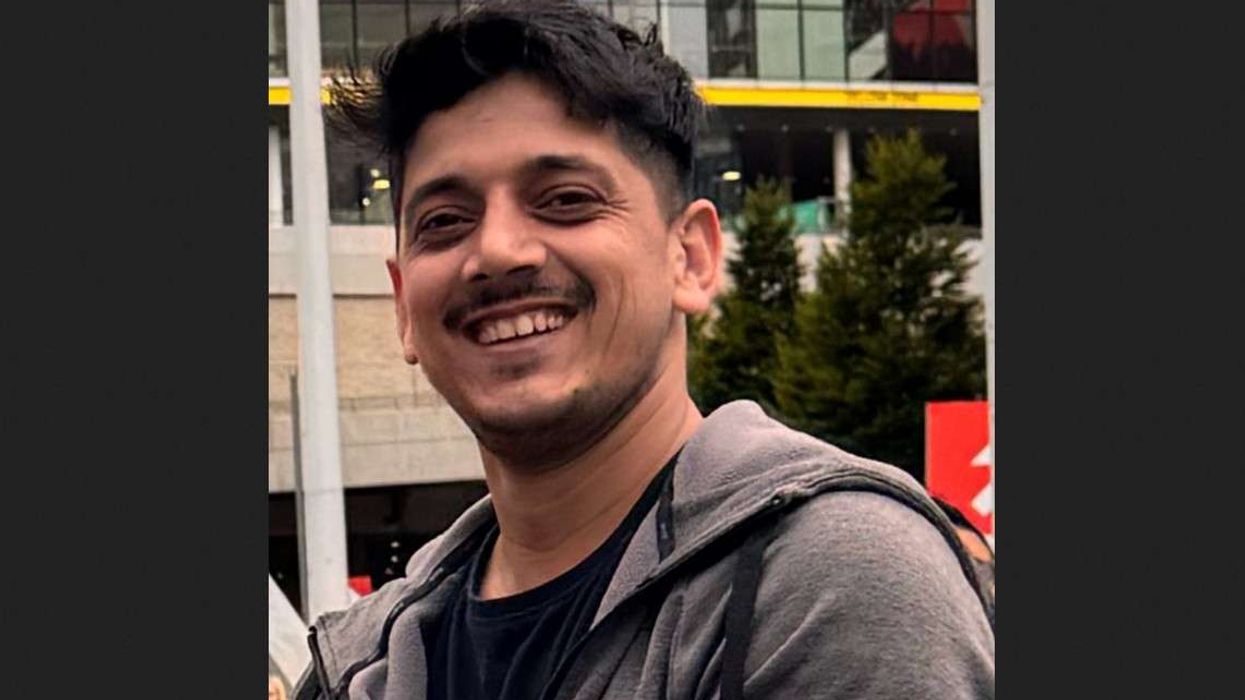India climbed one step to 130 among 189 nations in the latest human development index published on Friday (14) by the United Nations Development Programme (UNDP).
India’s human development index (HDI) value is above the average of 0.638 in the south Asia region. India was at 131 rank with HDI value of 0.624 in 2016.
India's HDI value for last year stood at 0.640, which helped the country to get a position in the medium human development category, according to the Human Development Report (HDR) released by the UNDP.
During the 27-year long period between1990 and 2017, India's HDI value rose from 0.427 to 0.640, an increase of nearly 50 per cent. The rise in the HDI value is a bright signal India’s significant milestone in pushing millions of people out of poverty, UNDP report said.
Norway, Switzerland, Australia, Ireland and Germany topped the ranking. Niger, the Central African Republic, South Sudan, Chad and Burundi positioned at the bottom exhibiting poor growth in standard of living.
The latest report released on Friday (14) signaled continued human development. Out of the 189 countries, 59 countries are now in the very high human development category and only 38 nations fall in the low HDI category, the report added.
The human development index or HDI is the summary measure for obtaining long-term growth in three basic requirements needed for human development which include life expectancy, education and standard of living.
According to the latest data released, East Asia and the Pacific region registered the second highest growth in HDI at 41.8 per cent between 1990 and 2017. However, when adjusted for inequality, it experienced a 15.6 per cent loss in HDI. While the gender gap between men and women in HDI is 4.3 per cent, below the global average of six percent, women’s share of parliamentary seats remains one of the lowest among developing regions at 19.8 per cent, compared to the global average of 23.5 per cent.
Meanwhile, south Asia experienced the fastest HDI growth among developing regions with a 45.3 per cent increase since 1990. During that period, life expectancy grew by 10.8 years, as did expected years of schooling for children (by 21 per cent). The loss in HDI due to inequalities is about 26 per cent. South Asia has the widest gap between men and women in HDI at 16.3 per cent.



